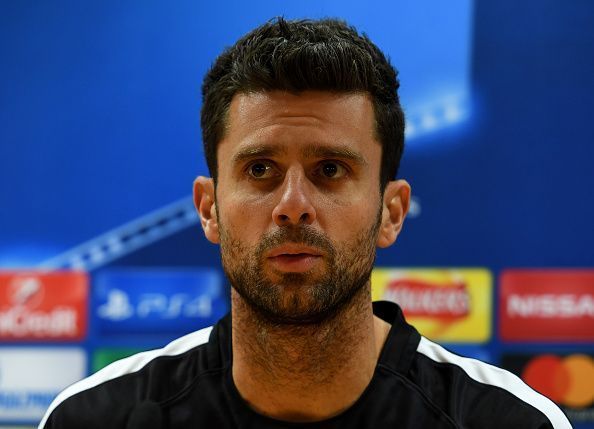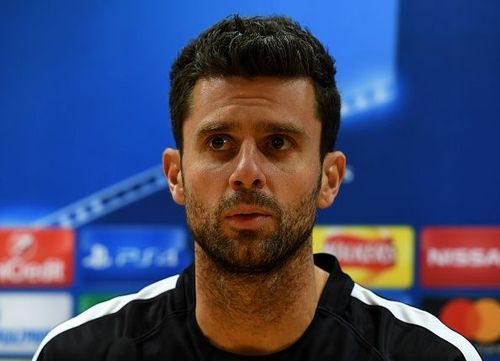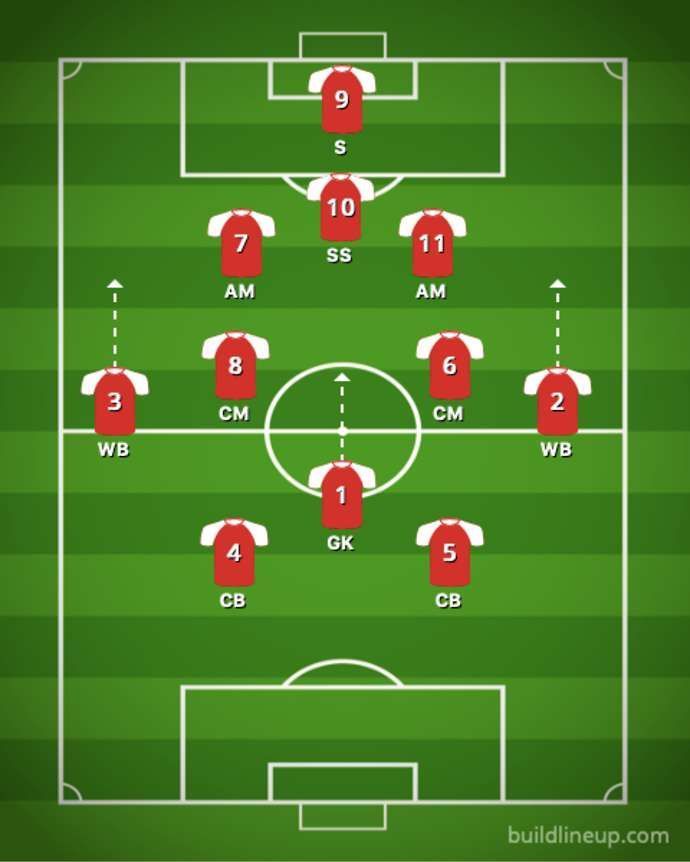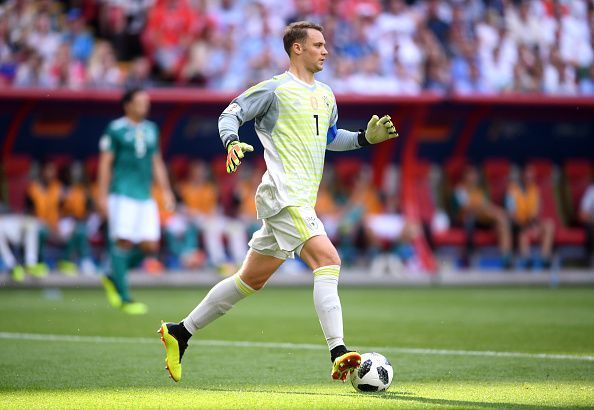
How Thiago Motta's revolutionary 2-7-2 formation works

Few days back in an interview with Gazetta dello Sport, former PSG player and currently PSG'S U19 team manager, Thiago Motta, revealed his plans of a 2-7-2 formation. According to him, in this type of formation, the goalkeeper counts as one of the midfield seven and there are two in the back line.
The fullbacks function as wing backs and sometimes even as #9 and #10. There are 3 forwards, and the main aim of this formation is possession in the midfield and high press on losing the ball.

Analysis
According to Motta, this system relies on brilliant ball retention, and all teammates being able to keep the ball and pass it around, i.e, tiki-taka. The high pressing approach off the ball has been used previously by possession-hungry sides like FC Barcelona, Spain, AS Roma, and Bayern Munich. When they lose the ball, they press intensely to win it back.
Tika-taka is a system which involves patiently passing the ball and looking for an opening, and intensely pressing to win it back if lost.
A combination of these two is exactly what a 2-7-2 formation is.
The idea of playing the goalkeeper in the seven-man midfield might seem crazy at first, but analysing his idea, it seems quite viable.

With the likes of Ederson, Manuel Neuer, Marc Andre ter Stegen, and Hugo Lloris, sweeper-keepers are not rare these days, and playing them in the midfield might not just do any harm. Instead, it could strengthen the midfield of the team and help them keep high possession.
When the midfield play is building up, the opposition team's midfielders plus defenders rise up the field and try to press and regain the ball back. At this point, the ball is crossed to the forward line who can do the rest of the work easily in the absence of the opposition defenders who are busy trying to steal the ball.
Even if the team loses the ball, the seven-man midfield can high press and regain the ball back. During counter attacks, this formation can put off any threat if the midfielders are fast enough to cover the back line. Also, the goalkeeper doesn't need to move up too high. He can just be in the defensive midfield position and run back to his area when there is danger.
Overall it seems to be quite a revolutionary idea, and it won't be surprising if top-tier teams start to play with this formation in 5-10 years.